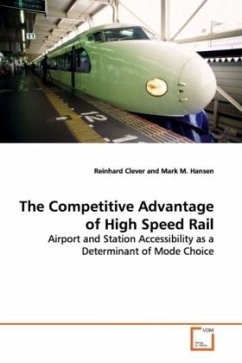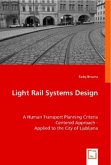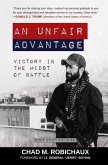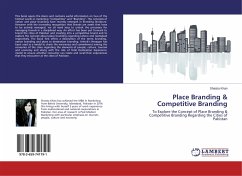There are many things a train can do that an
airplane cannot, e.g. go underneath city streets,
split up into many pieces. A metaphor will
illustrate the main point of this book: dogs are
often not able to catch cats even though they are
faster, because dogs cannot climb trees, jump onto
rooftops, squeeze underneath fences, etc. High
Speed Rail (HSR) planning up to this point,
especially in North America, proposed to have dogs
and cats compete on a wide open field. This book
assesses the internal distribution advantage of High
Speed Rail vis-à-vis air. It postulates a new
paradigm: convergence of heretofore individually
optimized urban and intercity rail networks into one
coherent intermetropolitan high speed transportation
system. The in-depth study of the competition
between air and HSR in Japan, a country in which the
two modes compete head-on and with little regulatory
interference, will help any air or rail executive
better take advantage of the post-deregulation
environment. However, for transportation planners
in North America, where widely dispersed urban areas
deprive HSR from its traditional access advantage,
it is a must-read.
airplane cannot, e.g. go underneath city streets,
split up into many pieces. A metaphor will
illustrate the main point of this book: dogs are
often not able to catch cats even though they are
faster, because dogs cannot climb trees, jump onto
rooftops, squeeze underneath fences, etc. High
Speed Rail (HSR) planning up to this point,
especially in North America, proposed to have dogs
and cats compete on a wide open field. This book
assesses the internal distribution advantage of High
Speed Rail vis-à-vis air. It postulates a new
paradigm: convergence of heretofore individually
optimized urban and intercity rail networks into one
coherent intermetropolitan high speed transportation
system. The in-depth study of the competition
between air and HSR in Japan, a country in which the
two modes compete head-on and with little regulatory
interference, will help any air or rail executive
better take advantage of the post-deregulation
environment. However, for transportation planners
in North America, where widely dispersed urban areas
deprive HSR from its traditional access advantage,
it is a must-read.








